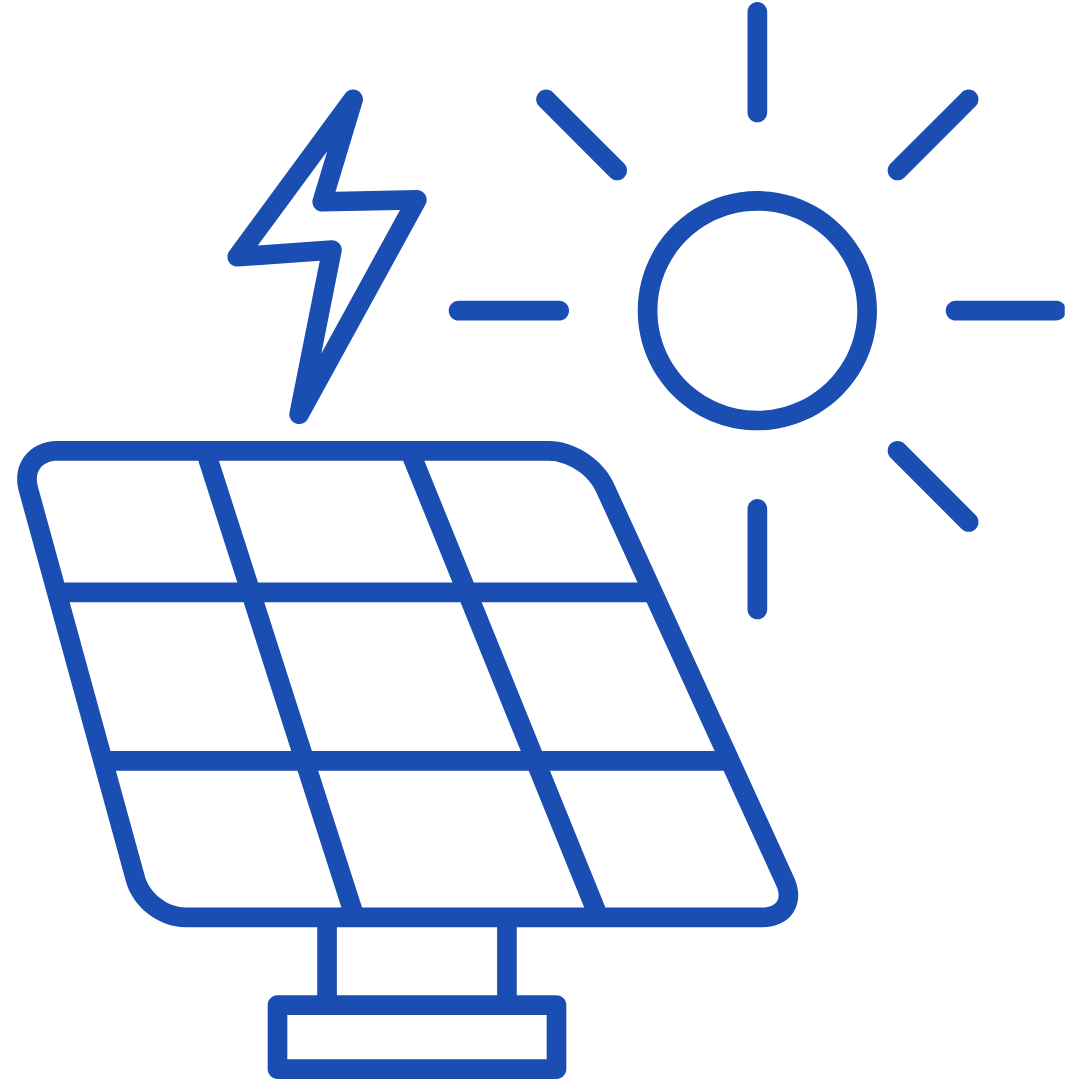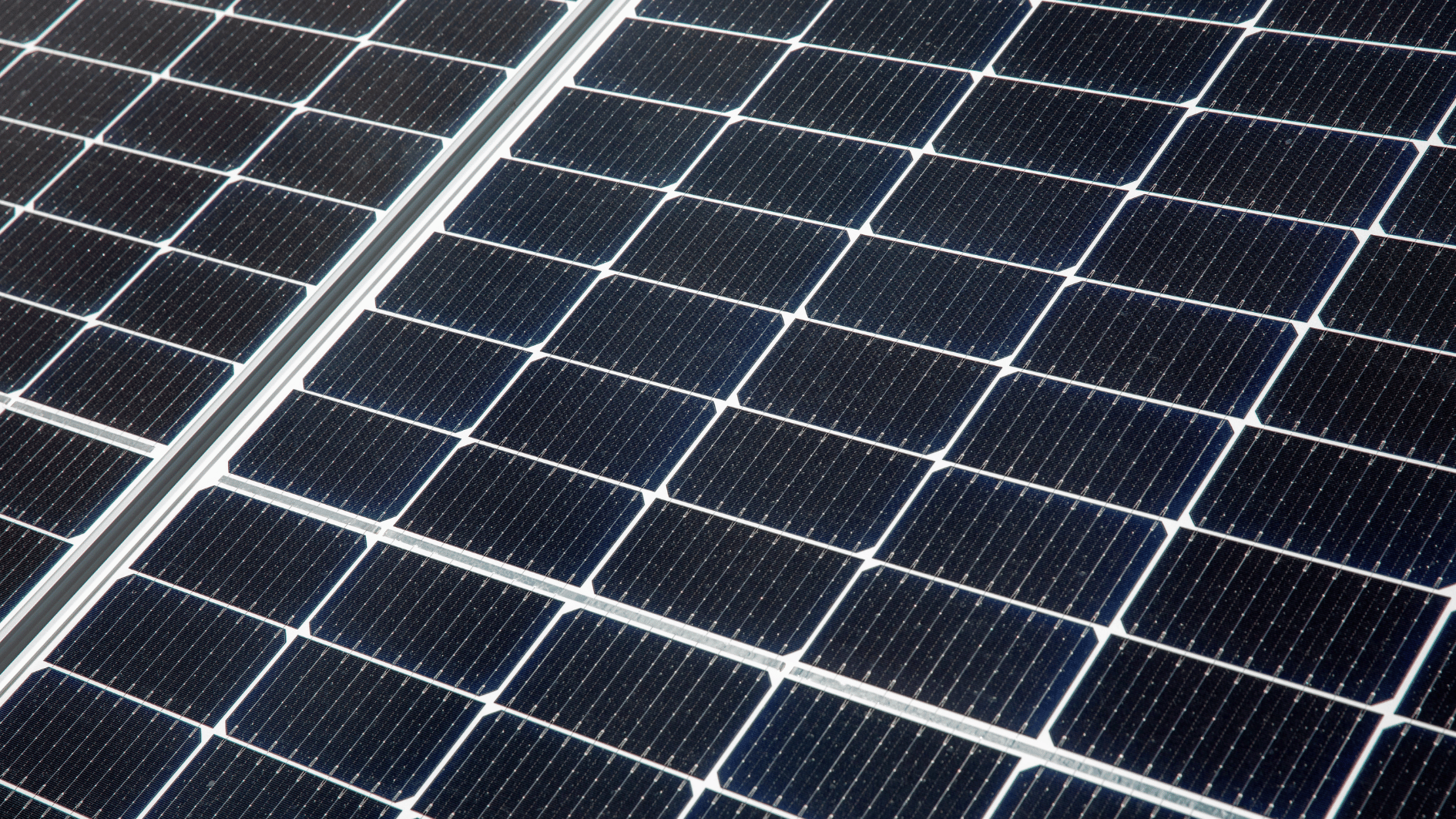Image source: Canva.com
Half-cut solar cell technology is a significant advancement in the solar industry, designed to improve the efficiency and durability of solar panels. This innovation has gained popularity due to its ability to enhance energy production and optimize the performance of solar installations. In this article, we will explore what half-cut solar cell technology is, how it works, and the benefits it offers.
What Is Half-Cut Solar Cell Technology?
Half-cut solar cell technology involves cutting traditional solar cells in half, which creates two smaller cells from a single standard-sized cell. These half-cut cells are then used in solar panels to improve efficiency and performance. Instead of using full-sized cells, the panel contains a greater number of smaller, half-cut cells.
While the concept may seem simple, this design significantly impacts how the solar panel functions. Each half-cut cell operates independently, which reduces energy loss and improves overall power output.
How Does Half-Cut Solar Cell Technology Work?
To understand how half-cut solar cells work, it’s important to grasp how traditional solar cells operate. In a standard solar panel, full-sized solar cells are connected in a series to generate electricity from sunlight. However, this design can create certain inefficiencies. For example, when a solar panel is partially shaded, the entire row of cells connected to that shaded cell can experience reduced performance.
With half-cut solar cells, the structure of the panel changes to overcome this issue. Here’s how:
Smaller Cells, Reduced Resistance
Cutting a solar cell in half reduces its current by half, which in turn reduces the resistance within the cell. Electrical resistance can lead to energy losses in traditional solar cells, but with half-cut cells, these losses are minimized. By lowering resistance, half-cut cells improve the panel’s overall energy output.
Independent Operation of Cells
In a panel with half-cut cells, the cells are arranged in two separate series, each managing half of the panel. This division reduces the impact of shading or debris. If part of the panel is shaded, the shaded half will not affect the other half’s performance as significantly as it would in a traditional panel.
Improved Energy Yield
Because half-cut cells reduce resistive losses and mitigate shading impacts, they allow the panel to generate more power even in less-than-ideal conditions. In terms of energy yield, this can make a noticeable difference, especially in installations where shading or partial sunlight is a concern.
Key Benefits of Half-Cut Solar Cell Technology

Increased Efficiency
One of the primary benefits of half-cut solar cell technology is the increase in efficiency. By reducing energy loss through lower electrical resistance, half-cut cells deliver a higher energy output. This translates into more electricity generation from the same amount of sunlight, making solar installations more efficient.
Improved Performance in Shaded Areas
Solar panels are often installed in locations where shading from trees, buildings, or other obstacles is unavoidable. Traditional solar panels can experience significant power losses when even a small part is shaded. However, half-cut cells minimize this issue by allowing the shaded section to operate independently from the rest of the panel, preserving energy production in unshaded areas.
Greater Durability
Half-cut solar panels are also known for their durability. Because each cell handles less electrical current, the strain on the panel’s components is reduced, lowering the risk of damage and increasing the lifespan of the panel. This makes half-cut panels more resilient and reliable, especially in harsh weather conditions.
Higher Energy Output in Real-World Conditions
While laboratory testing often focuses on ideal conditions, real-world conditions like partial shading, temperature fluctuations, and dirt can impact solar panel performance. Half-cut solar cells perform better in real-world environments because they are designed to reduce the negative impact of these factors, leading to more consistent energy production.
Lower Risk of Hot Spots
Hot spots can occur in solar panels when a section of the panel overheats, potentially leading to damage or reduced performance. Half-cut cells help prevent hot spots by distributing the electrical current more evenly across the panel, reducing the likelihood of overheating.
How Half-Cut Solar Panels Compare to Traditional Solar Panels
When comparing half-cut solar panels to traditional panels, the key differences lie in efficiency, shading tolerance, and durability. Half-cut panels tend to be more efficient and better suited for areas where shading or less-than-ideal conditions are a concern.
Traditional Solar Panels
- Full-sized cells connected in series.
- More vulnerable to energy loss due to shading or debris.
- Higher electrical resistance, leading to greater energy loss.
Half-Cut Solar Panels
- Smaller, cut cells that reduce electrical resistance.
- Better performance under partial shading or debris.
- Improved energy efficiency and durability.
Applications of Half-Cut Solar Cell Technology
Half-cut solar panels are versatile and can be used in various solar installations, including:
Residential Solar Systems
Homeowners benefit from the higher efficiency and reliability of half-cut solar panels, especially in locations where shading may be an issue.
Businesses looking to maximize energy production from rooftop or ground-mounted solar installations can gain significant advantages from the enhanced performance of half-cut cells.
Commercial Solar Projects
Large-Scale Solar Farms
In utility-scale solar farms, where maximizing energy production is crucial, half-cut solar panels help ensure consistent energy output even in challenging environments.
Half-cut solar cell technology is an innovative advancement that improves the efficiency, performance, and durability of solar panels. By cutting traditional cells in half and reducing electrical resistance, these panels are able to generate more power and better handle shading and real-world conditions. Whether you’re installing solar panels on a home, business, or solar farm, half-cut technology offers a smart solution for maximizing energy production and ensuring long-term reliability.





